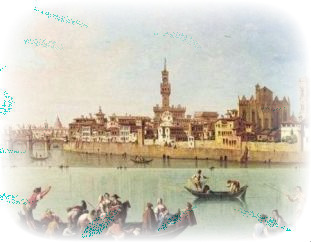


|
|||||||||
|
|
 |
"our ends are beginnings" - limited print iphone caseSKU: EN-E10083
"our ends are beginnings" - limited print iphone caseField guards included a force from Asotthalom, a village led by mayor László Toroczkai, who uses YouTube to distribute a staged, action-movie-style trailer set to heart-pounding music. Men in camouflage speed down dirt roads on motorcycles and SUVs, while the camera soars above them in a helicopter. A 2-minute video that tells migrants they're not welcome in Hungary has been viewed nearly 2 million times. And where refugees turn to Facebook to find potentially life-saving information, Toroczkai posts images that hint at what it's like for migrants seeking passage through a country that officially repels them. A cluster of young men crouch in the darkness, lit by the sideways cast of automobile headlights. "Tracking by night.." a caption reads in Hungarian, a one of two field guards clutches a night-vision scope in his hand. Three men, hands bound behind their backs by zip-tie cuffs, lie face down in the dirt. That attitude partly explains why the government hinders migrants' access to even the most basic tech at the Horgos camp, Shah says efforts to bring electricity, more solar chargers and showers are waiting for a "green light" from Hungarian officials and Serbia's "our ends are beginnings" - limited print iphone case Commissariat for Refugees, "I don't know who has the say about this, why you cannot have these things here," he tells us in a measured tone, "Only I hear they are not allowing to do this here, because this place is not the camp, It's a border."Orbán's cabinet office didn't directly address claims it was holding back improvements, But it did say, in a statement, that the government provides food packages every day to people staying outside its transit zones and gives financial aid to charities that help "crisis situations" at the border.. Refugees take advantage of Info Park's free power strips to charge their phones and the area's free Wi-Fi to watch videos. Behind the station we find about 500 refugees, mostly single men. They roll out blankets or scavenged cardboard as cushions against the hard dirt and concrete, and hang their clothes to dry on rope stretched between poles. Unlike Horgos, there are no tents or public sanitation, aside from an attendant-manned toilet at the bus station, which costs 50 dinar (45 cents) for each use. But there's free Wi-Fi from Telenor, which the men can log onto to watch YouTube videos or check Facebook while they wait for dinner to be distributed at Info Park, an aid center within Bristol Park that opened the day Hungary fenced its border, The first 270 in line get a meal -- penne with "our ends are beginnings" - limited print iphone case tomato sauce and a salad of lettuce and tomato was served the night we visited -- promptly at 5:30 p.m, That evening, about a dozen refugees plugged their phones into power strips connected to Info Park's office in a no-frills wooden cabin.. Info Park, an aid center, serves as a gathering area for refugees in the center of Belgrade. It serves meals and shares information with refugees. Every so often, word comes that Hungary is opening its border for a few days. The men hurriedly pack their belongings, sell or trash what they can't carry and run for Horgos. But as the aid workers in the park know, Hungary isn't opening its border. If anything, the country is doing more to secure the area. Last month, Orbán announced plans to build a second, massive fence along the Serbian border. The government has also talked about extending the fence across its border with Romania.
|
|
|
|
||
| Site Map |

